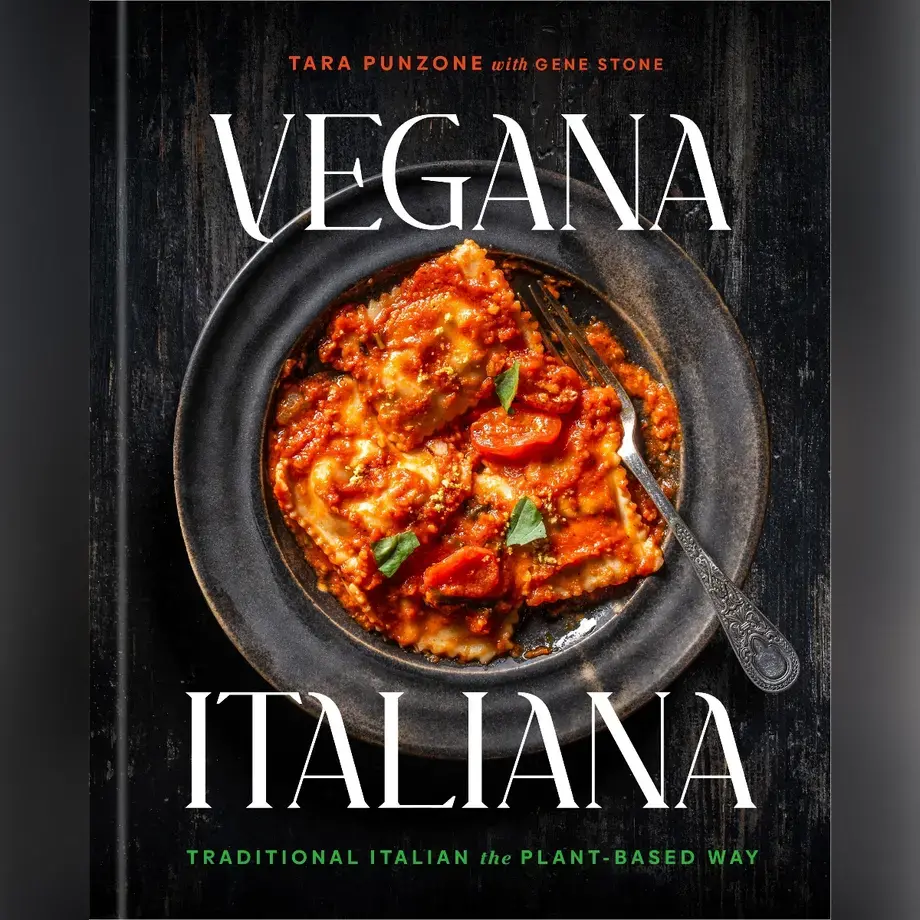We're all about cutting food waste in the kitchen, repurposing leftovers and shining a spotlight on those ingredients with hidden talents in our Why Waste? series.
With that in mind, we turn our attention to murky, salty pasta water. The water that you're left with after boiling up your favourite pasta shapes, which often ends up down the sink. On closer inspection, pasta cooking water is in fact a chef's best friend, with surprising hidden depths.
This starch-rich liquid is the magic ingredient in many pasta dishes, from carbonara to cacio e pepe, and is the secret glue that helps sauces stick to the pasta.
Also, much like keeping vegetable water to build stocks and gravy, you can do the same with pasta water, as well as adding it to pan sauces, soaking and cooking beans, and making fluffy bread.
What to do with cooked pasta water
Keep some pasta water back to add to your pasta dish
As most chefs and home cooks know, when you drain your pasta, it's a good idea to keep back a cup of the cooking water to add to the sauce. Not only will this thicken the sauce, but it will also help it to stick to the pasta.
Dishes like classic carbonara rely on the pasta cooking water to add to the egg mixture and dilute it to obtain a thick and enveloping cream.
Use pasta water for soaking and cooking legumes
You can also use pasta cooking water to soak dried beans. It’s also great to cook beans in, to further add to the unctuous bean broth that’s released when slow-cooking beans for hours.
Add pasta water to soups
You can use the water from cooking pasta as a base to prepare your soups, or even as a replacement for, or addition to, vegetable stock.
Bake pasta water into bread
Take Nigella Lawson's lead and bake pasta cooking water into bread - the starch helps the dough rise and gives your bake a unique softness. Just double-check how salty your water is first.














